.png)
Medium is a type of blogging platform for storytelling and business writing that also allows you to follow your favorite writers.
You can almost compare it to Instagram, but for storytelling and with some SEO value.
Because Medium has built an authoritative brand with strong domain SEO metrics, content creators and marketers tend to want to get links from this platform to improve their SEO.
However, are backlinks from Medium really worth it given that they’re nofollow?
In this post, we will explore Medium backlinks, establish whether these links have any SEO value, and discuss some ways to get links from Medium.

What are Medium Backlinks?
Medium backlinks are inbound links to your website from the Medium blogging platform. These links can be in the contextual links in the text or naked URLs.
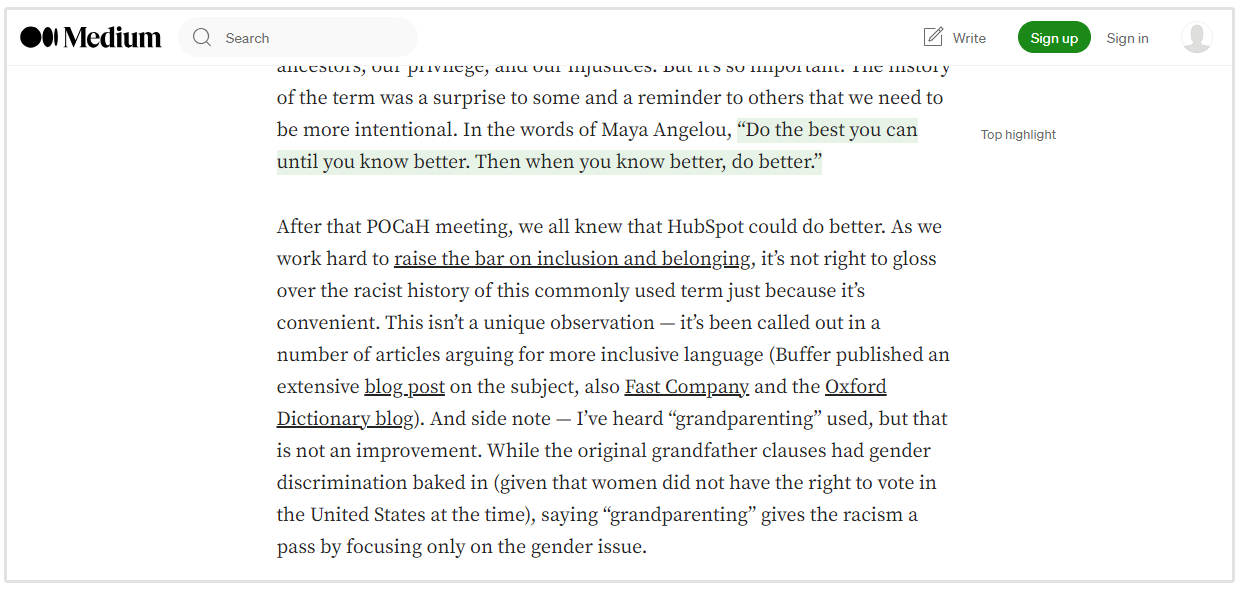
Do Backlinks from Medium have SEO Value?
Like other social media platforms, backlinks from Medium are nofollow.
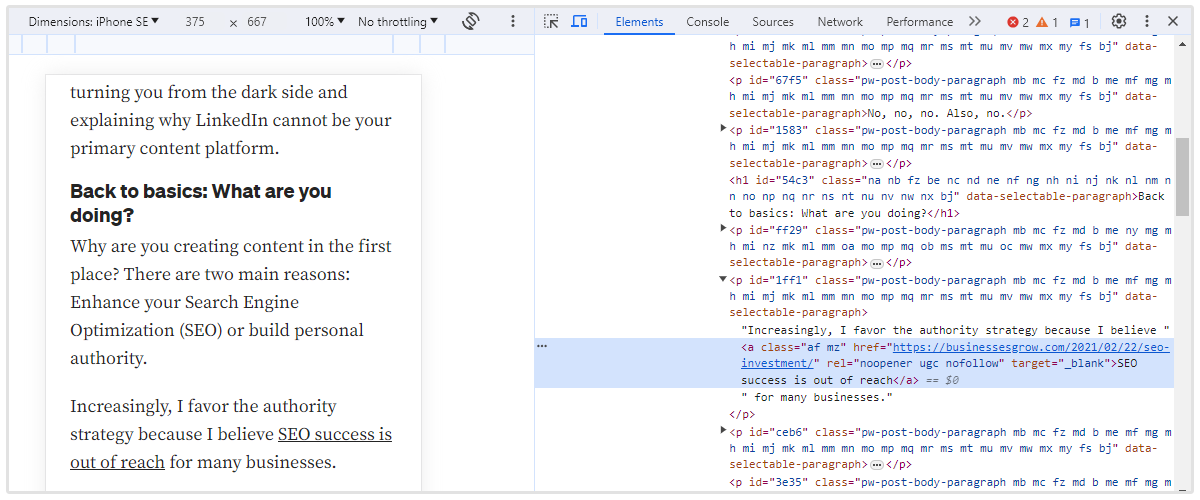
But does this mean backlinks from Medium are useless?
Absolutely not, as we’ve said before on our blog, nofollow links do still have SEO value.
There are two ways backlinks can appear on Medium.
The first is a standard, in-text hyperlink, like the one in the screenshot above.
The second is a block hyperlink, which looks like this:

At which point you can let your Facebook Pixel do a lot of the work for you and retarget those views from Medium so your brand stays top of mind.
Remember that the end goal of SEO isn’t just to get more eyeballs on your website—SEO is supposed to help your business earn more. So anything that sends you highly relevant, targeted traffic is a win.
Why Blog on Medium?
I get it, the fact that you can’t get free dofollow backlinks from Medium is a total bummer.
So is Medium worth the investment?
Depending on your goals, I think it can be. Let’s consider some of its advantages:
1. Access to Medium’s Audience and Native Search Capabilities
Publishing quality content on Medium can be like suddenly acquiring thousands of new readers overnight.
In addition to the organic feed, there are plenty of ways you can get your story in front of an audience:
- Followers: If people are interested in your writing, they’ll elect to follow you on Medium. They’ll receive a notification whenever you publish a new article.
- Tags: If you understand hashtags on Instagram or Twitter, you understand Medium tags. You can choose up to five tags to apply to your post, and people can browse the tags and see which articles were most recently published.
- Engage with other authors: Since Medium is, at its heart, a social media platform, commenting on someone else’s story and crafting a conversation with them is an effective way of getting your content in front of others.
- Write for a publication: Publications are curated collections of stories pertaining to a specific topic (like The Economist or The Startup). They’re managed by an editor, and you have to submit stories to be considered. But publications typically have a large audience (both the Economist and the Startup have thousands of subscribers), so they’re a great way to begin to invest in your presence on Medium.
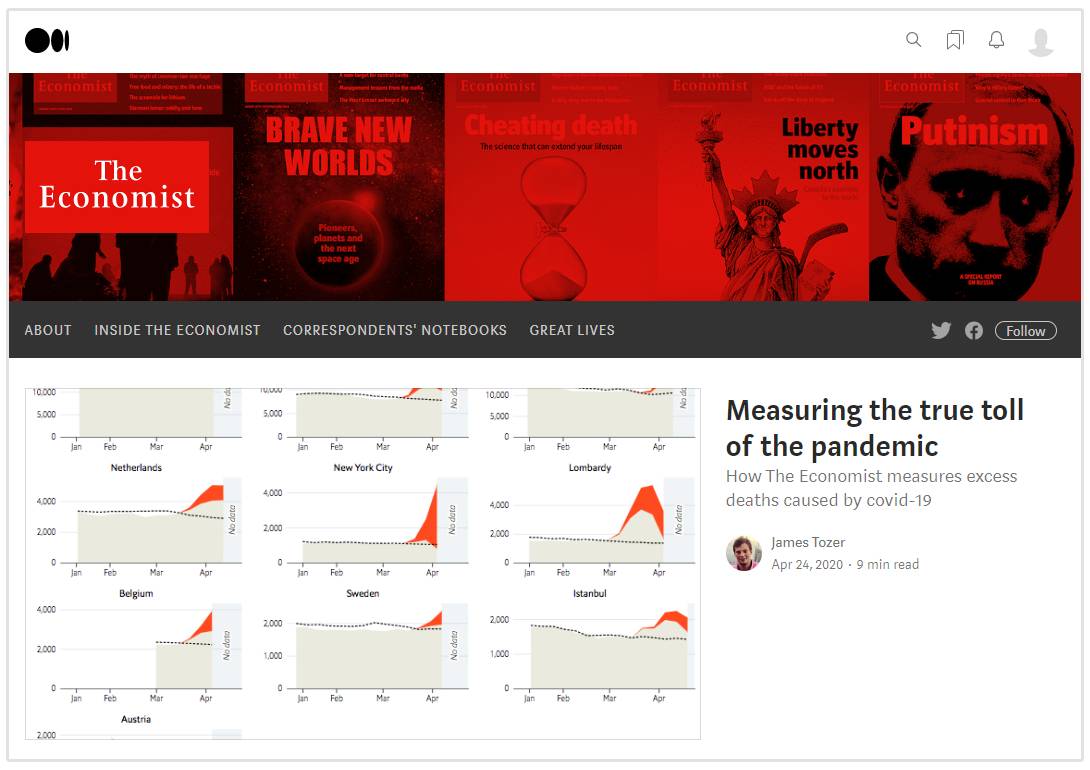
2. Networking Potential with Other Creatives and Entrepreneurs
Commenting and writing for publications are great strategies, but they really shine once you start a meaningful conversation with targeted authors—people who you want to build a relationship with.
Sure, you might get a few organic backlinks from their Medium posts or real blog down the line, but the real business value comes from the potential for future collaboration—or simply the ability to add another valuable name to your network.
3. Effective Content Sounding Board
If you’re unsure whether or not a piece of content will vibe with your business audience, you can publish the topic on Medium and start a conversation.
The feedback you get—or lack thereof—is valuable commentary on whether this topic interests your audience.
4. Syndicating Content
You can import your posts from WordPress using Medium’s import function.
Medium automatically adds the rel=canonical tag, so you won’t have to worry about competing against your website in the search results.
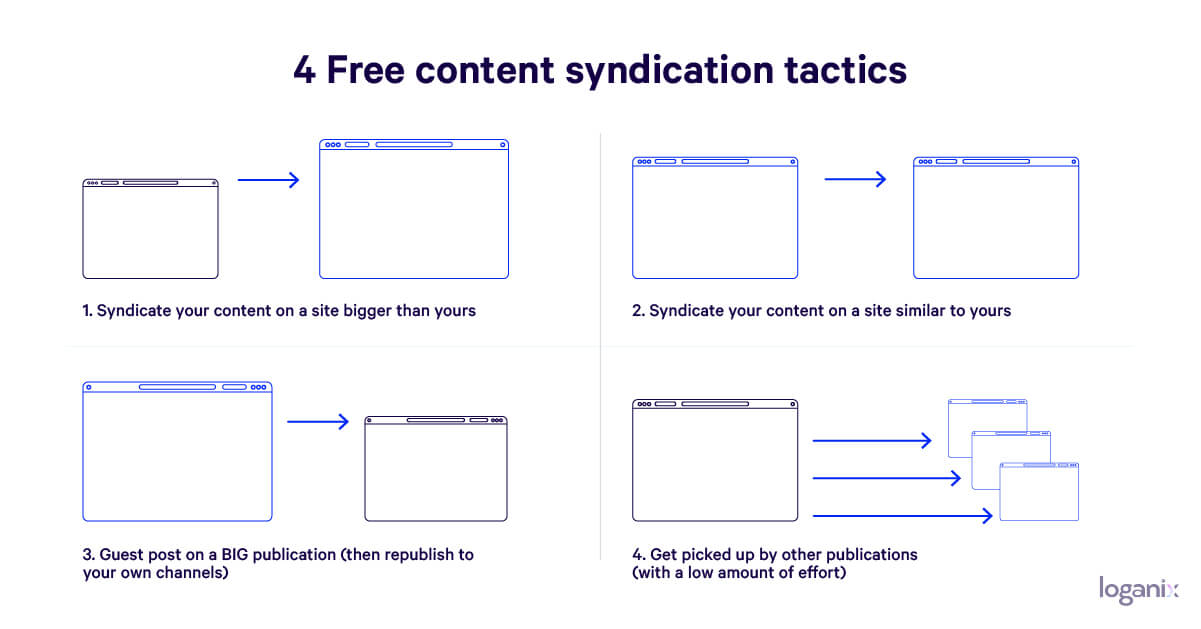
The downside is that syndicated content isn’t eligible for publications. Only your followers or people searching for it organically in Medium will see it.
Why syndicate content?
- Repurpose your best work. Committing to publishing weekly on Medium and on your blog can be a huge timesuck.
- Stay active on Medium. Growing on Medium requires consistent activity. If you’re running short on time (or ideas), syndicating old content gives you the opportunity to stay active when life is complicated.
All of this, of course, leads to more backlinks from Medium.
Drawbacks to Blogging on Medium
Like I mentioned above, nofollow links are a total bummer and make the question of whether or not to pursue Medium as a growth lever a difficult one.
Here are some disadvantages to consider:
1. Opportunity Cost
If you choose to blog on and pursue backlinks from Medium, you need to be ready to make the time investment.
Since the posts you write on Medium won’t necessarily send traffic to your website, you have to be okay with spending your time on this instead of focusing it somewhere else.
2. Potential Keyword Cannibalization
Although Medium automatically applies the rel=canonical tag to imported posts, the potential for keyword cannibalization (where you compete against yourself in the SERPs) always exists.
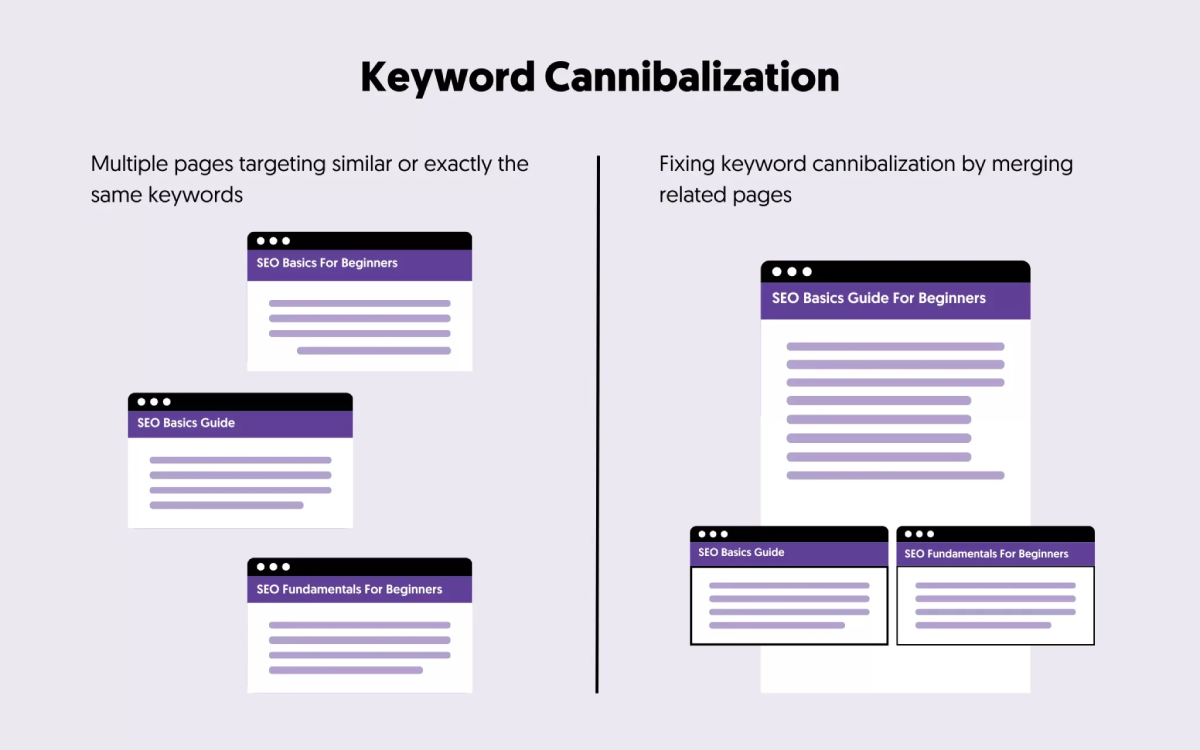
Medium doesn’t have a Yoast equivalent to warn you if you’ve used this keyword before (and it definitely can’t tell you if you’ve used or are ranking for that keyword on your WordPress site), so you’ll need to keep track of this yourself.
Luckily, you can do this pretty easily with SEOptimer’s keyword rank tracking feature.
Just add all the keywords you’re targeting and you’ll have one central, easy-to-manage keyword list that includes your ranking position for each keyword and which page on your site is ranking for it.
![]()
3. Difficult to Grow an Email List
Since you can’t embed a lightbox code in your Medium posts, your options for building an email list are limited to in-line forms and calls-to-action at the end of the post.
If SEO and content marketing is one of the levers you use to list build and most of your new email subscribers convert because of your site’s popup/lightbox, Medium might not be worth it.
4. The Unexpected
You don’t own Medium, so you’re always susceptible to something happening, like Medium deciding you’ve violated their terms and deleting your account and content.
Of course, this can happen with Google and SEO too if they release an algorithm update, but we thought it was worth a mention.
Building Backlinks from Medium
We’ve already covered whether or not you want to get backlinks from Medium.
But how do you go about getting these links?
The first thing to understand is that getting backlinks from Medium is going to be a different process than traditional link building.
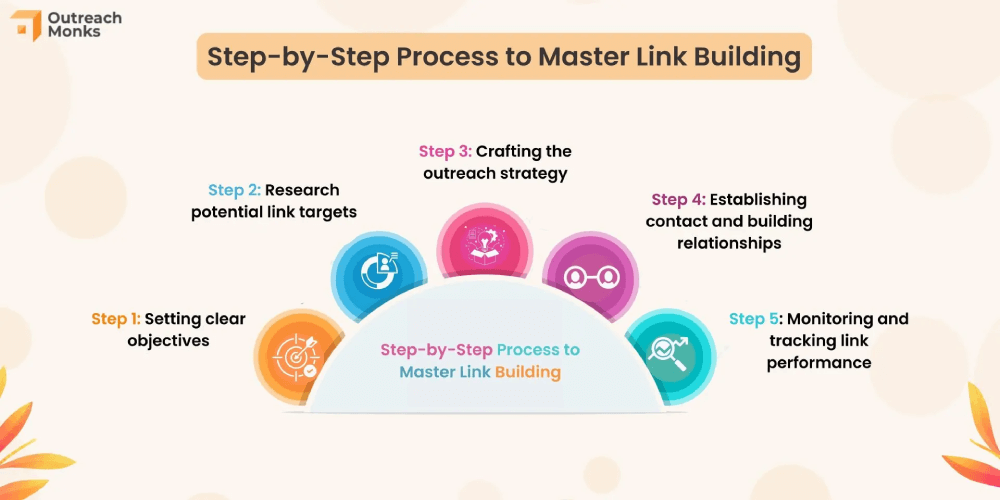
Image source: OutreachMonks
This is because Medium writers aren’t quite as interested in SEO as you are.
They’re on Medium because they want to write stories. At least, one of the benefits of writing on Medium is that you can get your writing in front of an audience without worrying about SEO (or paid advertising, for that matter).
So if you want to pursue backlinks from Medium, you’re better off taking an indirect approach.
The Indirect Approach to Getting Backlinks from Medium
Earlier in this article, I mentioned one of the biggest benefits of publishing on Medium is that it’s easy to get in front of some big names who spend a lot of time on Medium and who have their own websites.
The strategy, then, is to build a meaningful relationship with those people who have the power to give you both dofollow SEO links from their websites and nofollow links from their high-traffic Medium posts.
Here’s how you can do that:
1. Identify Potential Collaborators
Use the Medium search function to find publications that are of interest to you. Follow people and read their writing. Click on the commenters and read their writing.
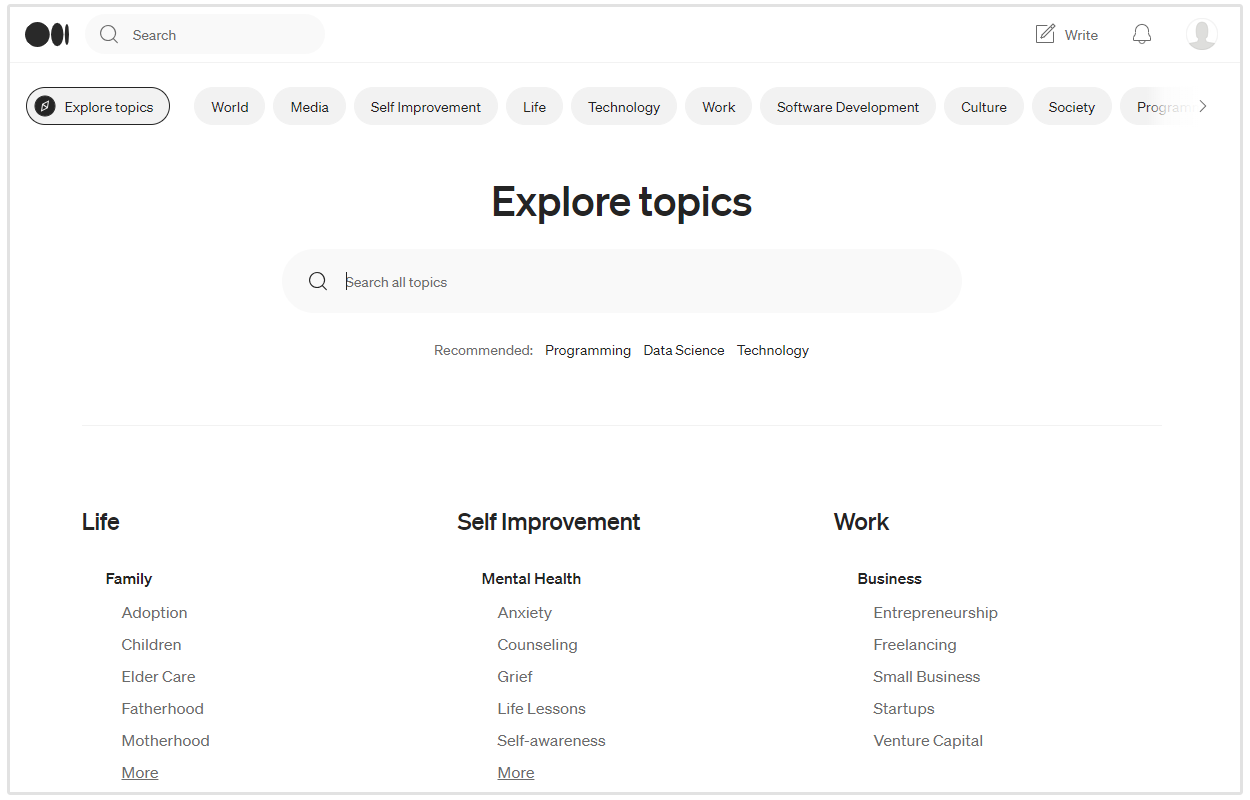
2. Engage with Their Writing
Write meaningful and insightful comments that create a conversation.
Comment on other people’s comments. Highlight bits of their writing. If you write roundup posts on Medium, feature them.
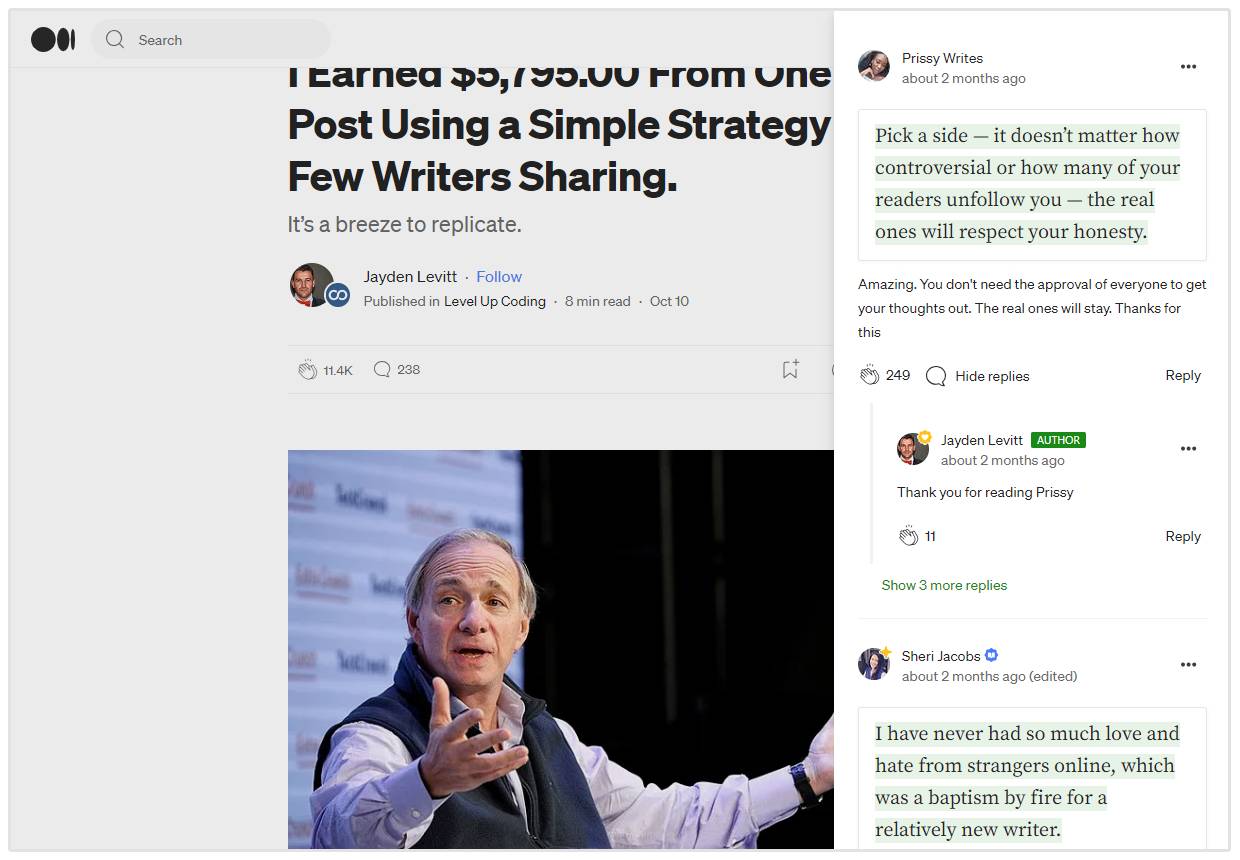
Do whatever you can to get that conversation flowing between the two of you.
3. Study the Kind of Content They Link To
The best way to get a link from somebody is to create the kind of content that they’re already linking out to.
Does this person prefer case studies, infographics, stories or short, thought-provoking essays?
4. Create Similar Kind of Content on Your Blog and on Medium
You could syndicate your content directly to Medium.
Or, you could use Medium as a way to expand on a post you wrote on your blog and include a link to your blog for the original post.
5. Pitch Your Medium-Specific Content First
Here’s the secret to managing multiple channels: Everyone wants to feel like the party is on the platform where they hang out.
The people on Medium want to feel like the party is happening on Medium, not on your website.
6. Once You’ve Gotten a Few Medium Backlinks, Recommend Your Clog Content
You’ve already done the prep work here—creating that amazing content on your blog. You’ve also built a relationship with this person.
This then proceeds like traditional link building outreach.
You can apply this process to regular blogs too. Writers love getting meaningful, thoughtful comments on their content!
Final Thoughts on Medium Backlinks
Investing in and getting backlinks from Medium is definitely a mixed bag.
On one hand, there are tons of benefits to building a presence on Medium.
- You can get access to a new audience and Medium’s built-in search capabilities.
- It’s easy to grow a relationship with other authors, many of whom own/publish on their own business websites and who could link to you in the future.
- It’s great if you’re just starting out and need to get in front of an audience right now.
But if SEO is your end goal, you need to be aware of the significant time investment to craft quality content, and the opportunity cost of publishing original content on Medium.
For example, that content could have gone on your own website and given you more direct SEO value.
However, if you’re okay with going slow and committing for the long haul, Medium is a valuable platform for developing relationships and indirect link building.










